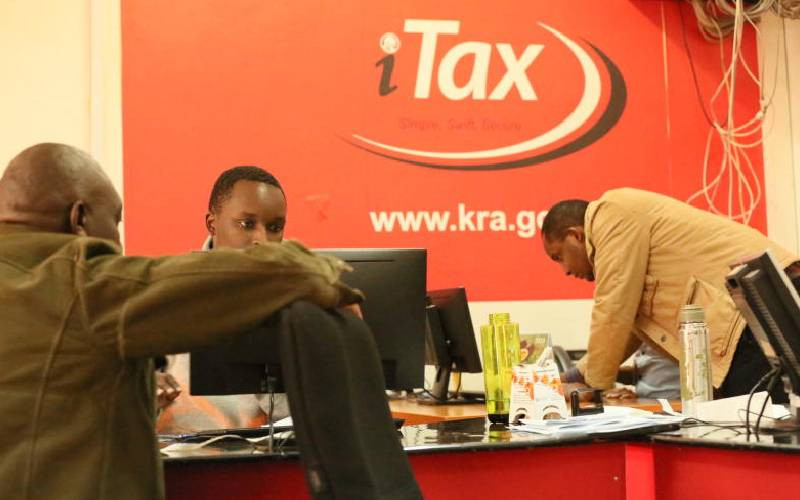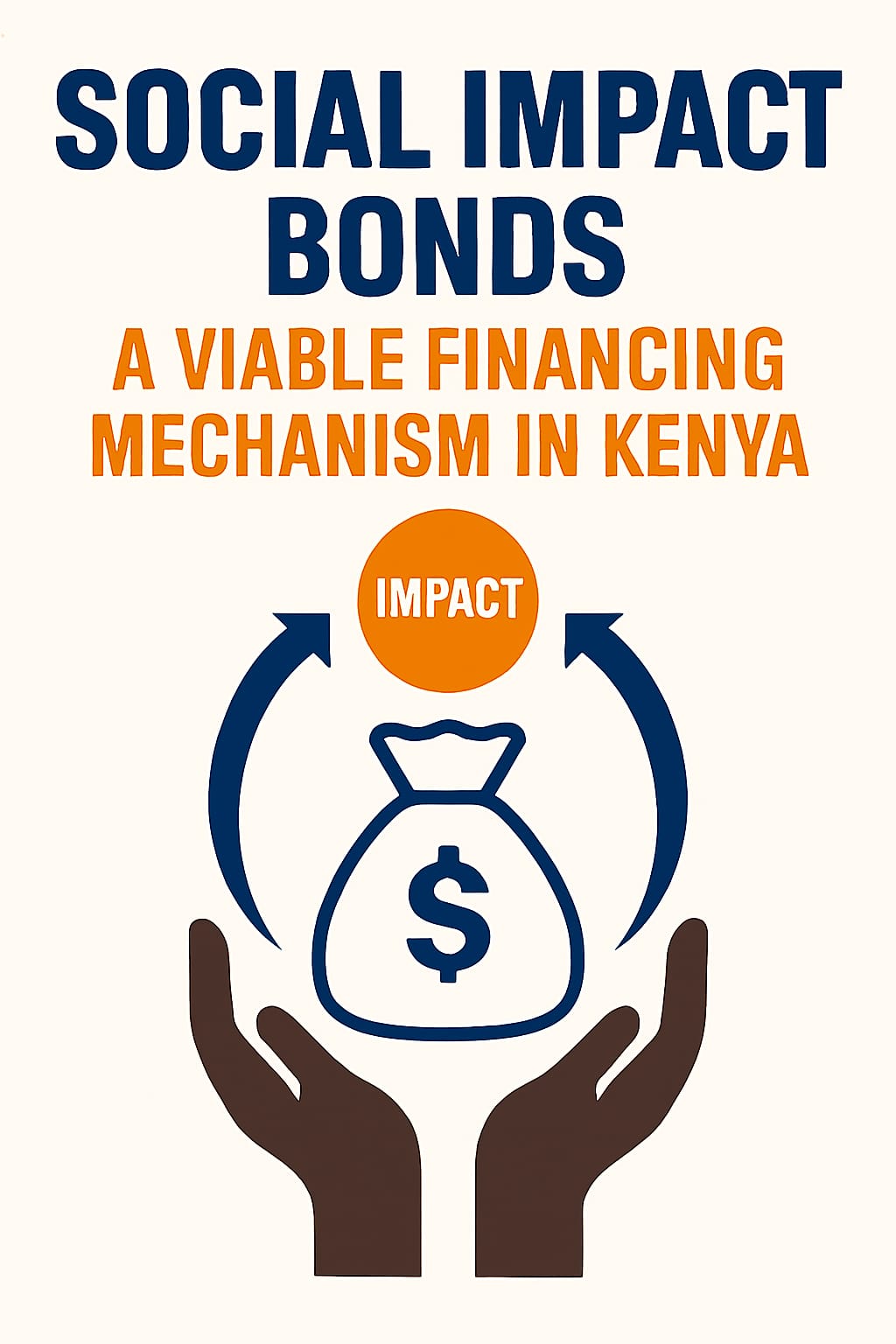Thursday, August 7, 2025
Author: Spencer Muhonja
Category: Labour Market
⏱️ Estimated Read Time: 6 min read


Unemployment is a major socio-economic challenge, particularly amongst the youth in Kenya. As of 2024, the World Bank reported that approximately 75% of Kenyans under 35 years of age face difficulties accessing meaningful job opportunities. This stems from a mismatch between the school curriculum and market needs, a low rate of job creation, a rapid increase in the labour force, and technological innovations.
Education and skills acquisition play a big part in ensuring employability for people in any country. In Kenya, specifically, institutions of higher learning, especially at degree and diploma levels, have taken a more theoretical approach with little regard for the practical aspect. While the curriculum is updated regularly, the changes made do not seem to reflect consideration for industry needs. Consequently, new graduates would have to figure out a way around the practical application once they have secured employment. With these conditions, having work experience becomes a necessity that the majority cannot meet. Understanding the practical application before transitioning to the job market gives them a competitive edge.
With at least 800, 000 youths entering the job market annually, only 15% of them manage to find stable and satisfactory jobs in the formal sector. The majority of the rest end up in the informal sector with jobs that have limited access to insurance and other benefits accrued in formal jobs. The informal sector dominates the employment market despite its slow growth and lower remuneration. Laterite conducted a study on Kenya’s informal economy between 2023 and 2024. The research uncovered that the informal sector accounts for 24% of the country’s GDP and is responsible for more than five times the formal sector employment. The Kenya National Bureau of Statistics, KNBS, in the 2025 economic survey reports that in 2024, employment in the formal and informal sectors collectively grew by 4%. The formal sector exhibited a growth of 2.4%; nevertheless, the informal sector was still responsible for 90% of employment. This indicates that despite the current employment rate, the majority of the individuals employed receive minimal wage.
Figure 1: Employment distribution between the formal and informal sectors
Source: 2025 Economic Survey by KNBS
KNBS reported a 4.9% growth rate in Kenya’s GDP in the first quarter of 2025, a slight decrease in comparison to 5.0% growth in the same period in 2024. Some sectors, such as agriculture, forestry, fishing, financial and insurance activities, transportation and storage and real estate, exhibited notable growth, as shown in Figure 2 below. Nominal GDP increased from KSh 15 trillion in 2023 to KSh 16 trillion in 2024, as reported by KNBS data. Despite the growth in these different sectors, the overall decline signals reduced productivity and could worsen Kenya’s unemployment crisis by limiting the creation of more jobs if it persists or growth remains at that level.
Figure 2: Sectoral Contributions to Kenya’s GDP
| Economic sector | Growth Rate in Q1 2025 |
| Agriculture, forestry and fishing | 4.6% |
| Financial and Insurance Activities | 7.6% |
| Transportation and Storage | 4.4% |
| Real Estate | 5.3% |
Source: 2025 Economic Survey by KNBS
As industries continue to evolve with advancements in technology and with the rise of Artificial Intelligence (AI), a growing number of skill sets are being replaced or automated, resulting in layoffs and an untapped market need. Some jobs, such as customer service agents and data entry clerks, are being phased out as automation takes precedence in these areas. A survey conducted by Kenya ICT Authority Net, KICTANet, in 2024 revealed a growing demand for digital skills such as networking, data analysis, cyber security and artificial intelligence that may be lacking or rather scarce.
In the past, the government has invested billions of shillings in several initiatives to get more jobs for unemployed youths. Among these efforts are the National Youth Service NYS, Kazi kwa Vijana, the Youth Enterprise Development Fund, Kenya Youth Development Fund, the KCB Lion's Den, Kenya Youth Empowerment Programme (2017), the Uwezo Fund for Women and Youth, amongst others. With the efforts to have these strategies in place, the jobs acquired from these initiatives are either low-income and low-security or even seasonal, hence not sustainable. Currently, there is no government support for unemployed youth, as there is no provision for unemployment benefits under Kenyan labour legislation and no functioning unemployment insurance scheme. This poses a threat not only to those currently unemployed but also to those who might end up losing their jobs in the near future.
In conclusion, unemployment is a major problem, and the youth are being hit hardest. Addressing it requires a more structural approach with considerations of the evolving nature of the labour markets in Kenya and globally. There is a need to embrace new technological innovations and advancements. This can be achieved through continuous professional development platforms, which would enable individuals to learn new skills as well as retrain employees, made redundant by advancements easing job mobility across sectors for workers. The education system also needs to evolve in alignment with the labour market dynamics. This calls for coordinated efforts between the education sector, labour markets, policy makers and support from the government. There is a need for more research on how to tackle this problem better to promote a more inclusive, evidence-based approach in generating solutions.
In the education sector, the Ministry of Education should forge impactful industry linkages within institutions of higher learning for internship and mentorship programs. This enables the students to gain hands-on experience before getting integrated into the job market. This guarantees that students being consumed into the workforce are effective and instrumental in their jobs. With the Competency-Based Curriculum (CBC), there should be a focus on redefining and implementing it to align with practical industry needs to enable students' employability in the future. Additionally, it should be constantly updated to suit the ever-changing market demands. There should also be a focus on equipping teachers with the necessary skills and providing enough infrastructure to efficiently drive this process.
To address the challenge in keeping up with technological innovations, the government should collaborate with firms, tech hubs, innovation-driven companies and online platforms to provide practical skills and training to promote knowledge and skills development with regard to technology and AI. Different incentives, such as free training sessions or subsidised fees, should help with reaching more people. This not only bridges the skills gap but also promotes inclusive economic growth in the country.









